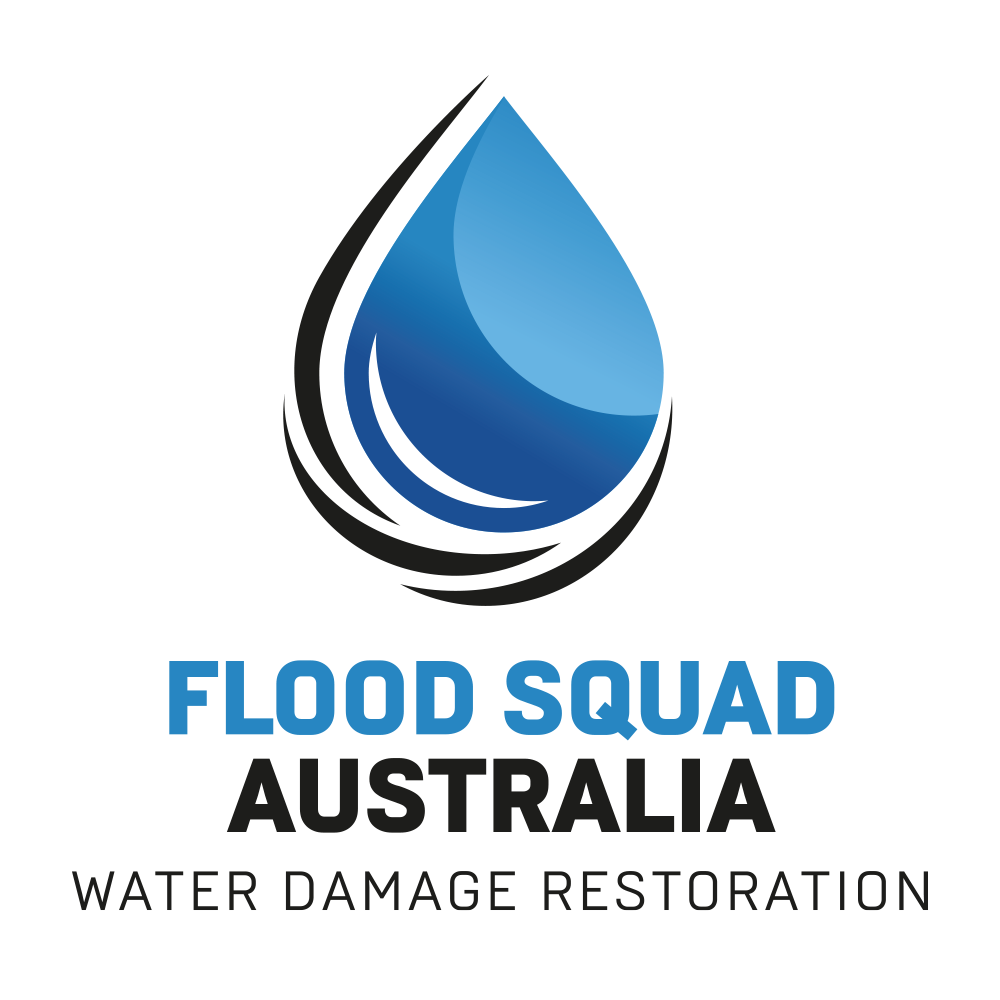Flood damage can be a homeowner’s worst nightmare. It can wreak havoc on your property, leaving you with a daunting cleanup task.But don’t despair.This guide will walk you through effective strategies for flood damage restoration. It covers everything from immediate response to preventative measures.You’ll learn about crucial steps like water extraction and mould remediation. These processes are key to restoring your property to its former state.By the end, you’ll have a comprehensive understanding of how to tackle flood damage. Let’s dive in.
Immediate Response to Flood Damage
Acting quickly after a flood is crucial. Immediate response minimises damage and aids efficient restoration.First, check if it is safe to enter your property. Safety always comes first, especially around water.Once safety is ensured, document the damage. Capture photos and videos to assist with insurance claims later on.Contact your insurance company as soon as possible. Early communication can speed up the claims process.
Here’s a quick checklist for immediate action:
- Ensure safety first
- Document damages with photos
- Contact your insurance provider
Addressing these steps promptly can make a significant difference in the restoration process.
Safety Precautions Before Restoration Begins
Before starting restoration, prioritise safety. Assess the property carefully to ensure no hazards are present.Turn off the electricity to avoid shocks. Water and electricity can be a dangerous combination.Wear personal protective equipment (PPE) such as gloves and masks. This protects against health risks like mould spores.Consider potential structural issues. Floods can weaken walls and floors, posing collapse risks.
Here are key safety steps to follow:
- Cut off electrical power
- Use PPE like gloves and masks
- Check for structural risks
Following these precautions helps protect your health and property. Safety measures are essential for effective flood recovery.
Documenting the Damage for Insurance Claims
Proper documentation is key for smooth insurance claims. Begin by photographing all damaged areas thoroughly.Capture different angles to show the extent of the damage. Video recordings can be especially helpful for large areas.Keep records of any communication with the insurance company. Emails and phone logs can support your claims.Compile detailed lists of damaged items, including serial numbers if possible. This makes the claim process more efficient.
Water Extraction: The First Step in Restoration
Water extraction is crucial after a flood. It needs to happen as soon as possible.Standing water poses risks to your property. It can lead to mould growth within days.Use industrial-grade equipment for effective water removal. It ensures a swift and thorough process.The tools can include wet vacuums and submersible pumps. These are essential for efficient extraction.Once the water is out, you can move to the next step. Proper extraction sets the foundation for effective restoration.
Structural Drying and Dehumidification
After water extraction, drying and dehumidification are critical. This step helps prevent further damage to your property.High moisture levels can harm walls and flooring. They might not be visible but could cause long-term problems.Dehumidifiers and air movers are vital tools. These help in circulating air and reducing moisture levels.Continuous monitoring ensures effective drying. Moisture meters can assist in verifying when areas are dry.Proper ventilation is also important throughout this process. It accelerates drying and enhances air quality, preventing future issues.
Mould Remediation: Protecting Your Health and Property
Mould growth can begin within 24 to 48 hours of flooding. Quick action is essential to stop its spread.Mould is not just unsightly; it poses health risks too. Allergies and respiratory problems can arise from prolonged exposure.Addressing mould involves thorough cleaning and disinfection. Specialised equipment and products are often necessary for effective mould removal.During remediation, personal protective equipment (PPE) is crucial. It protects against inhaling spores and other contaminants.After dealing with mould, continuous monitoring is advised. It ensures that the problem does not recur and your property stays safe.
Cleaning, Disinfecting, and Salvaging Items
After floodwaters recede, assess which items can be saved. Not everything will be salvageable, but quick action may preserve more.Clean all salvageable items thoroughly. Use appropriate cleaning agents to ensure the removal of bacteria and contaminants.Disinfecting surfaces is essential to prevent disease. This step aids in eliminating harmful microbes that can linger post-flood.Some items, especially porous ones, may need to be discarded. This is critical if they cannot be cleaned effectively and pose a health risk.
Assessing and Repairing Electrical Systems and Structural Damage
Floods can severely damage electrical systems. It’s crucial to have a professional inspect all electrical components before use.Do not attempt to repair or assess electrical systems yourself. This could be very dangerous and result in injury.Structural damage is another concern. Check for signs like cracks in walls or warped floors, which may indicate deeper issues.A professional should evaluate any potential structural damage. This assessment ensures the safety and integrity of the property.
Repairing structural and electrical damages often requires skilled professionals. Their expertise is vital for safe, effective restoration.
Choosing a Professional Restoration Company
Selecting the right restoration company is crucial. Professionals have the expertise to handle severe damage effectively.Check for companies with certified technicians. Certification ensures that the team is knowledgeable and competent.Look for companies that offer a 24/7 emergency response. Quick action can significantly reduce further damage.
Here are key factors to consider when choosing a restoration company:
- Certification and insurance
- Experience with flood damage
- Availability of emergency services
- Positive customer reviews and reputation
- Direct insurance billing options
Ensure the company uses industrial-grade equipment. This enhances the efficiency of the restoration process.Finally, clear communication with the restoration team is essential. It leads to a more successful and less stressful recovery process.
Preventative Measures and Future Flood Preparedness
Being proactive can minimise the impact of future floods. Effective strategies reduce potential damage significantly.Regular maintenance is key. Check gutters and downspouts to ensure they’re clear of debris.Consider installing flood barriers and sump pumps. These can provide crucial defense against rising waters.Landscaping plays a role in water management. Design it to direct water away from your property.
Here are some additional preventative measures:
- Use flood-resistant building materials
- Install backflow valves
- Keep an updated inventory of possessions
- Monitor local flood alerts and warnings
- Purchase adequate flood insurance coverage
Awareness of local flood risks is important. Know your area’s flood history to better prepare.Investing in flood preparedness now can save money and distress later. It’s an investment in your property’s future resilience.
Conclusion: The Importance of a Comprehensive Approach
Flood damage restoration is not a simple task. It requires a careful, well-planned approach to be effective.Quick action combined with skilled techniques can significantly restore your property. Time is of the essence to minimise further damage.A thorough understanding of each step ensures nothing is overlooked. Each task, from water extraction to mould remediation, is vital.By being prepared and informed, you can handle flood situations better. This comprehensive approach ensures safety and peace of mind.


